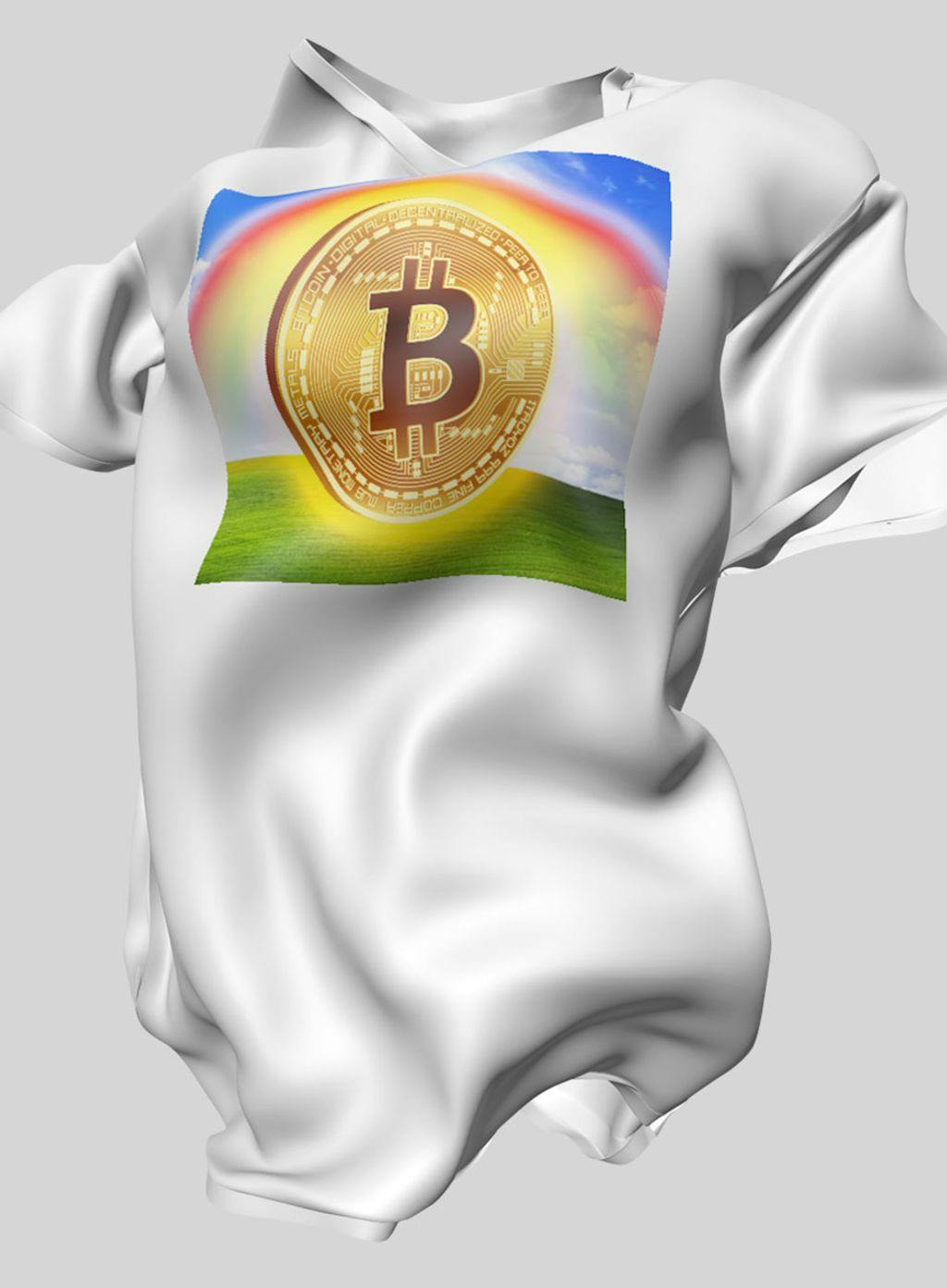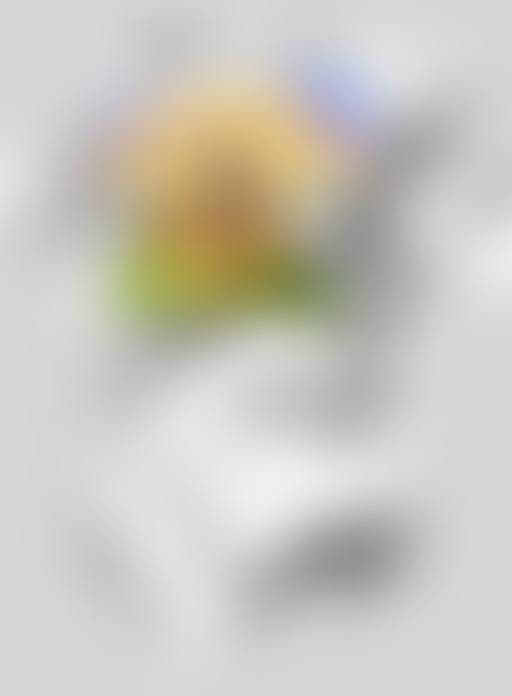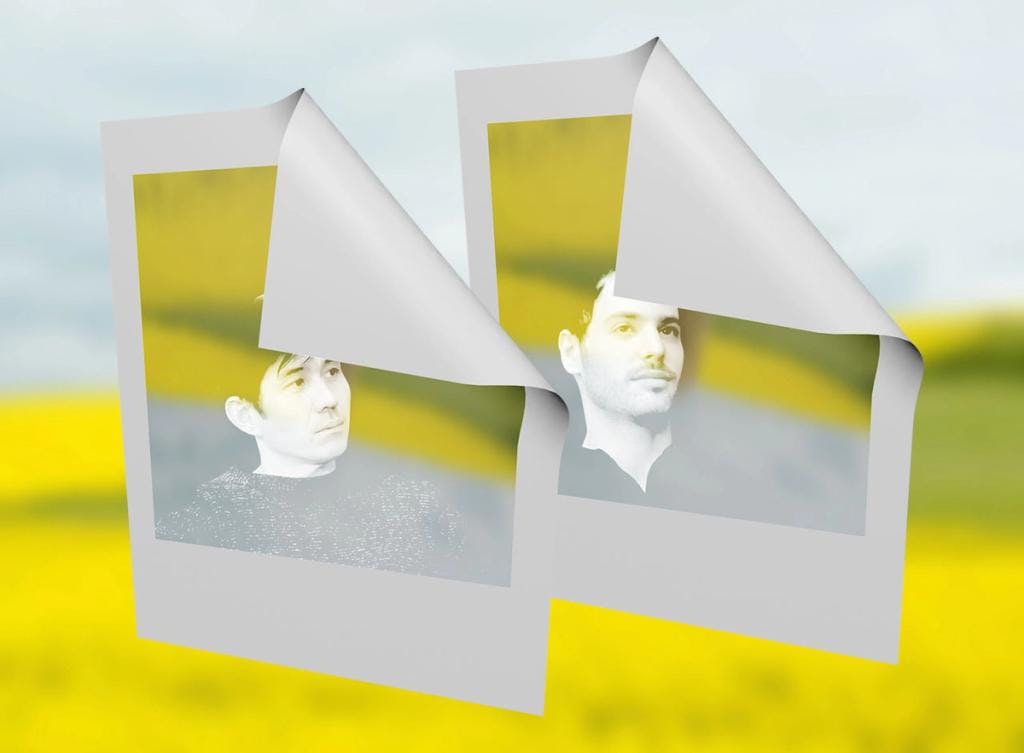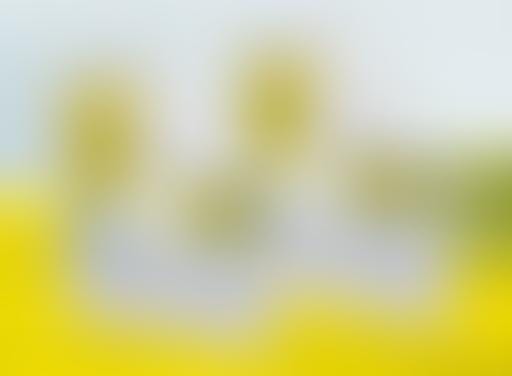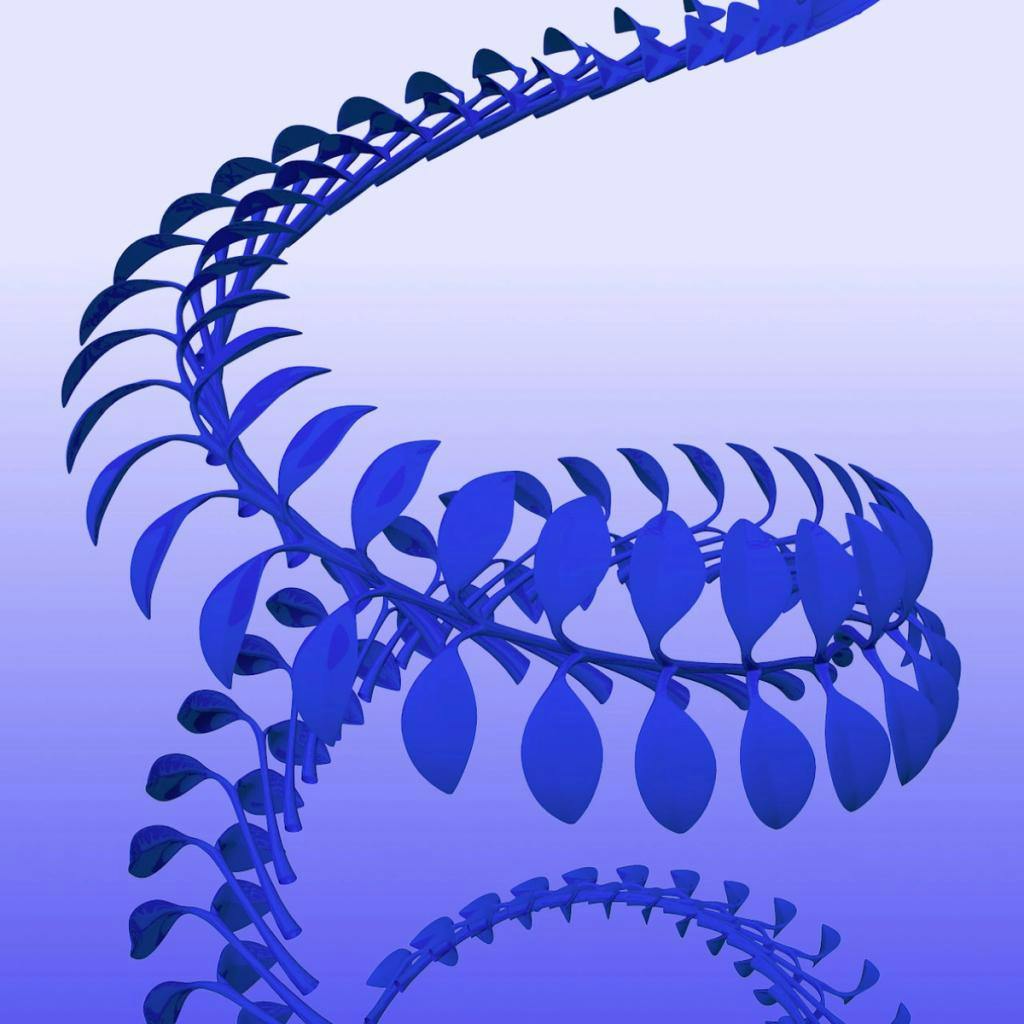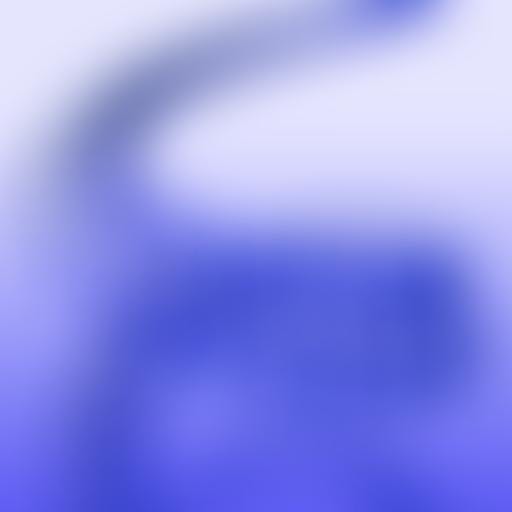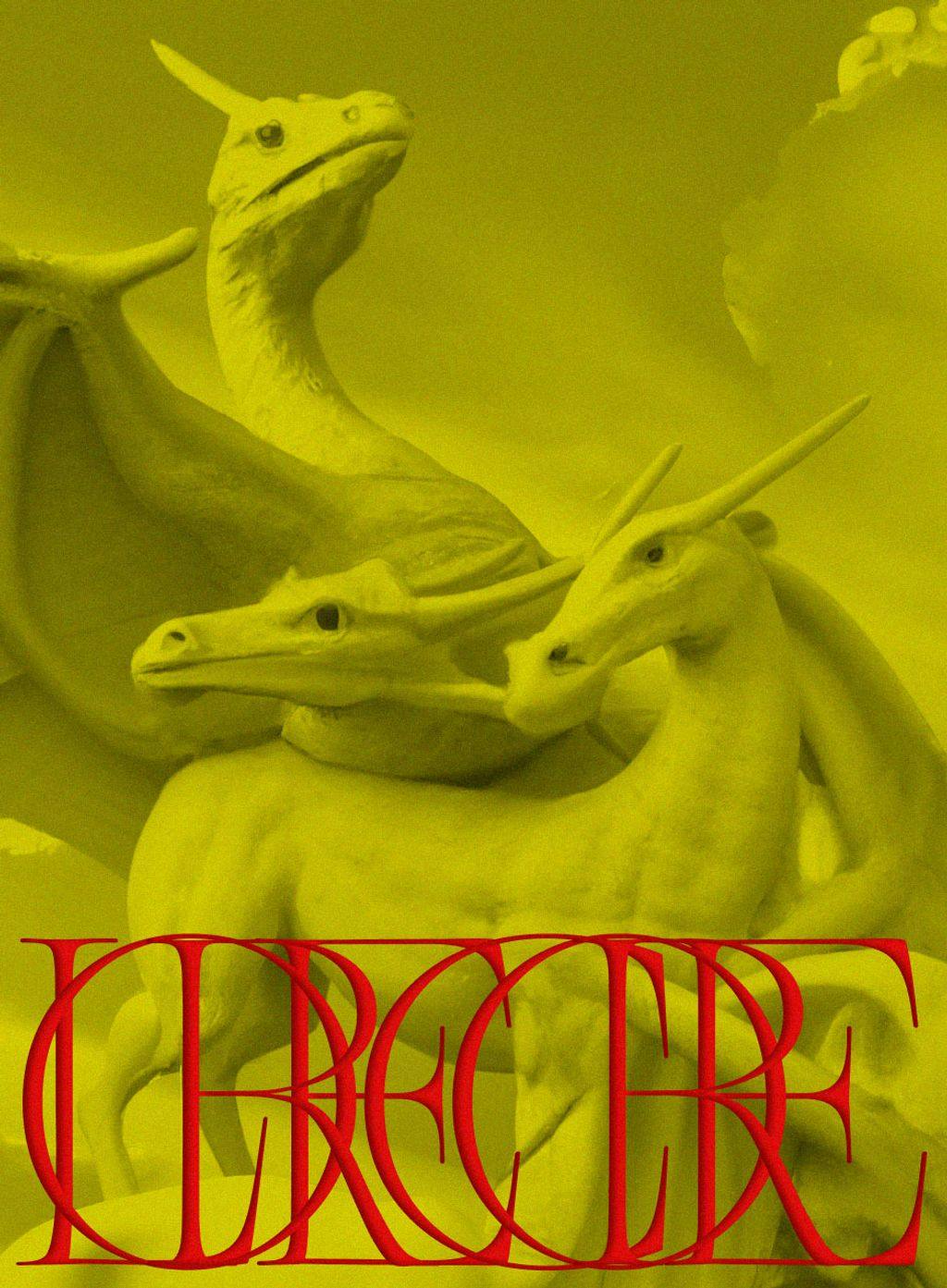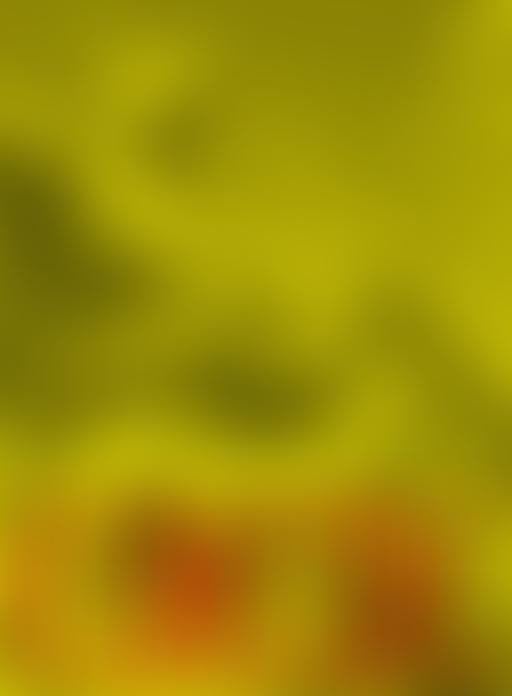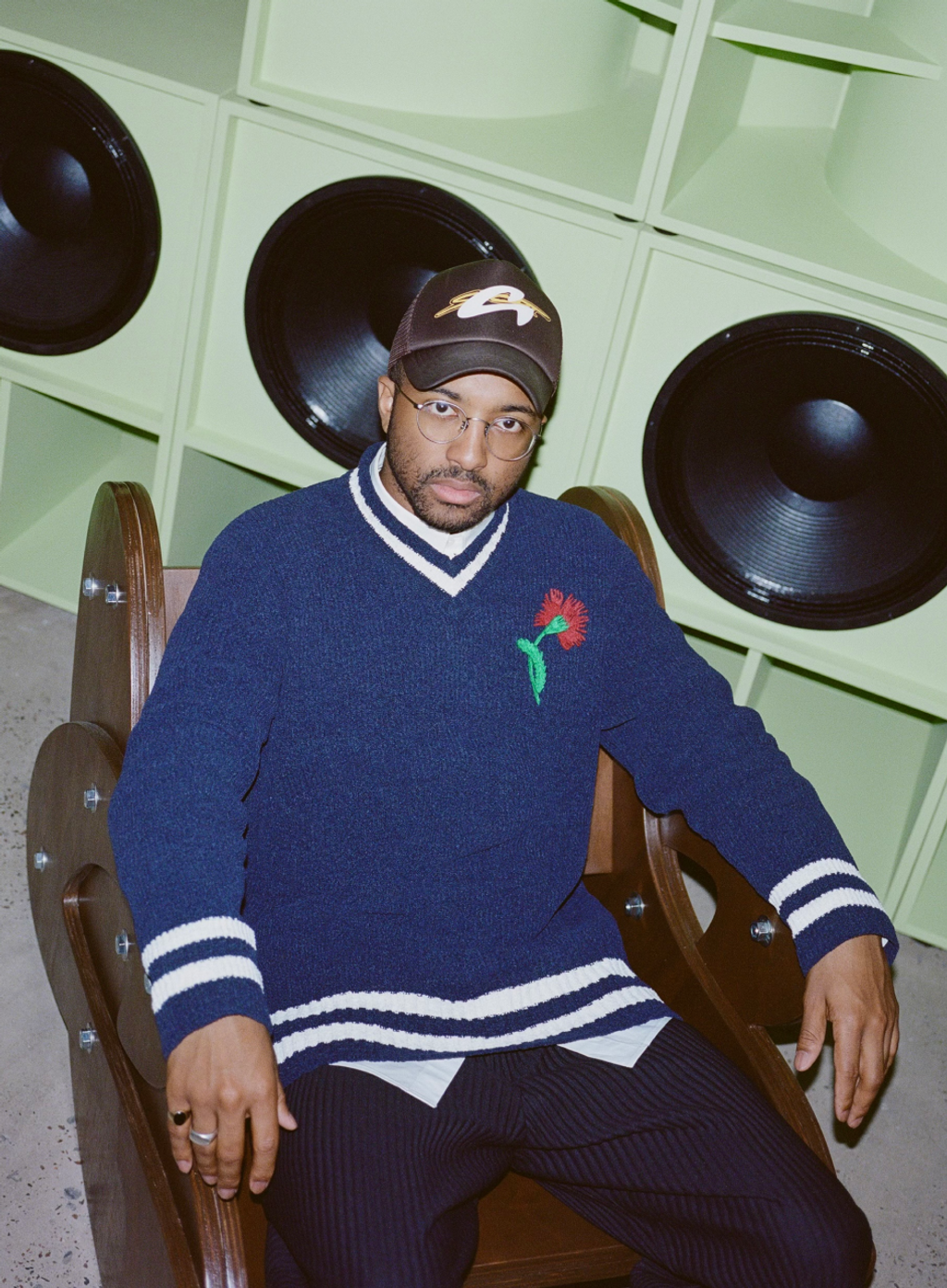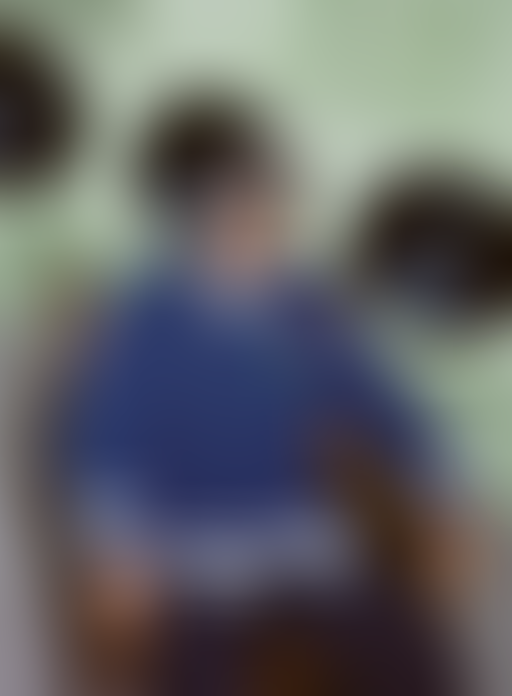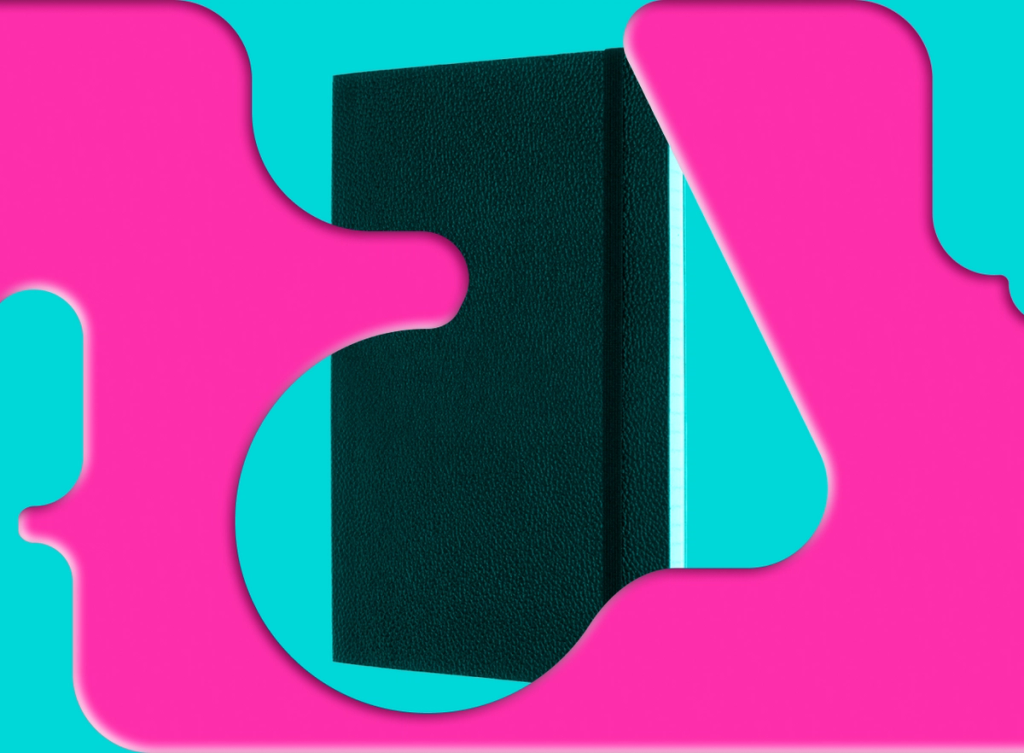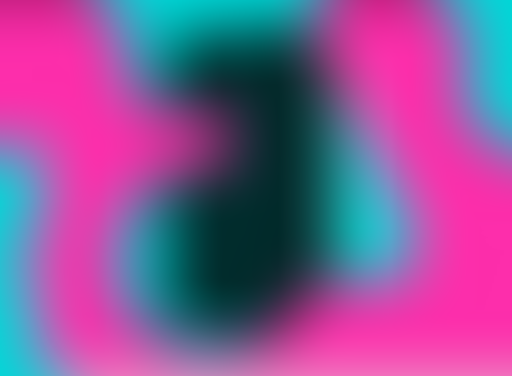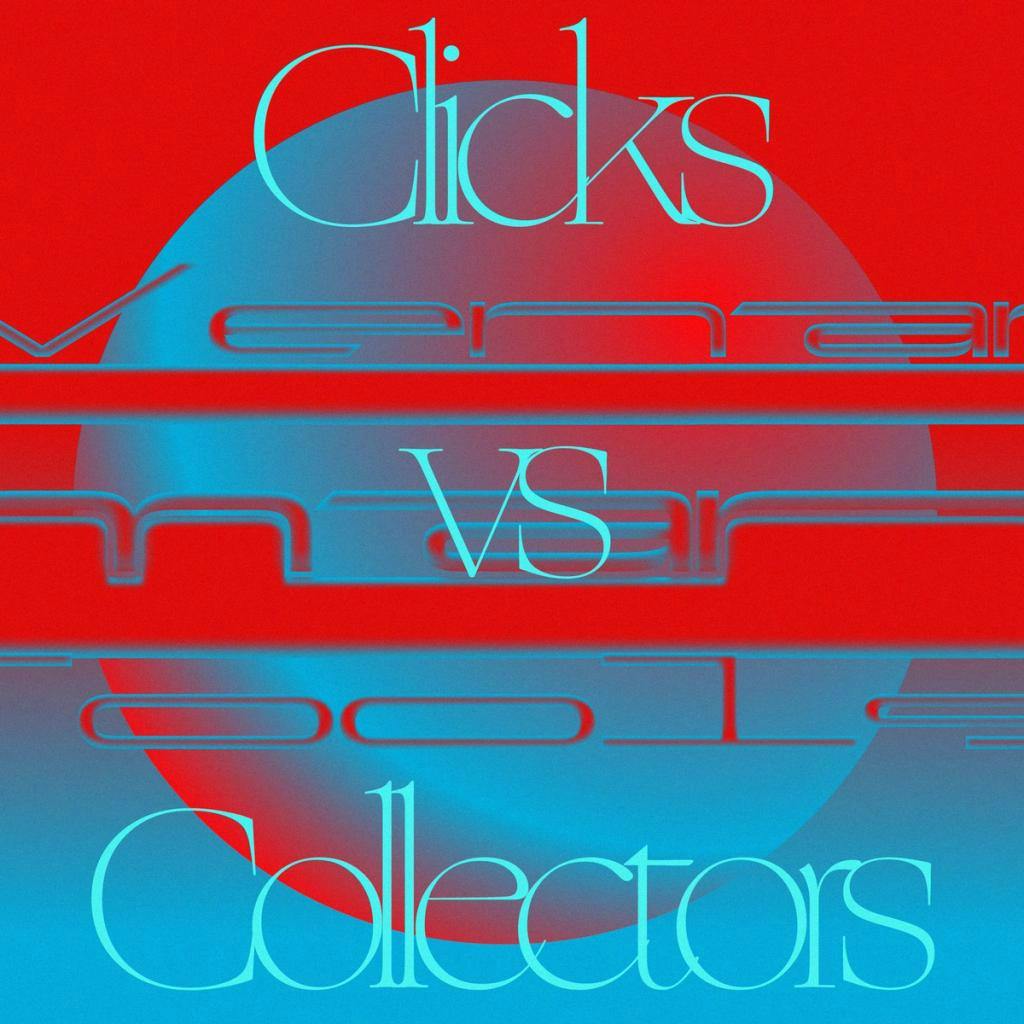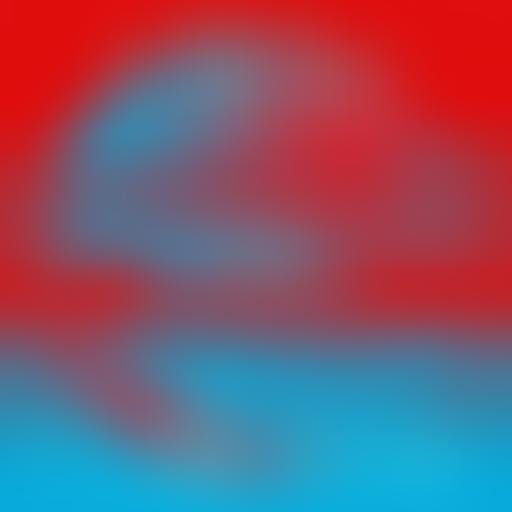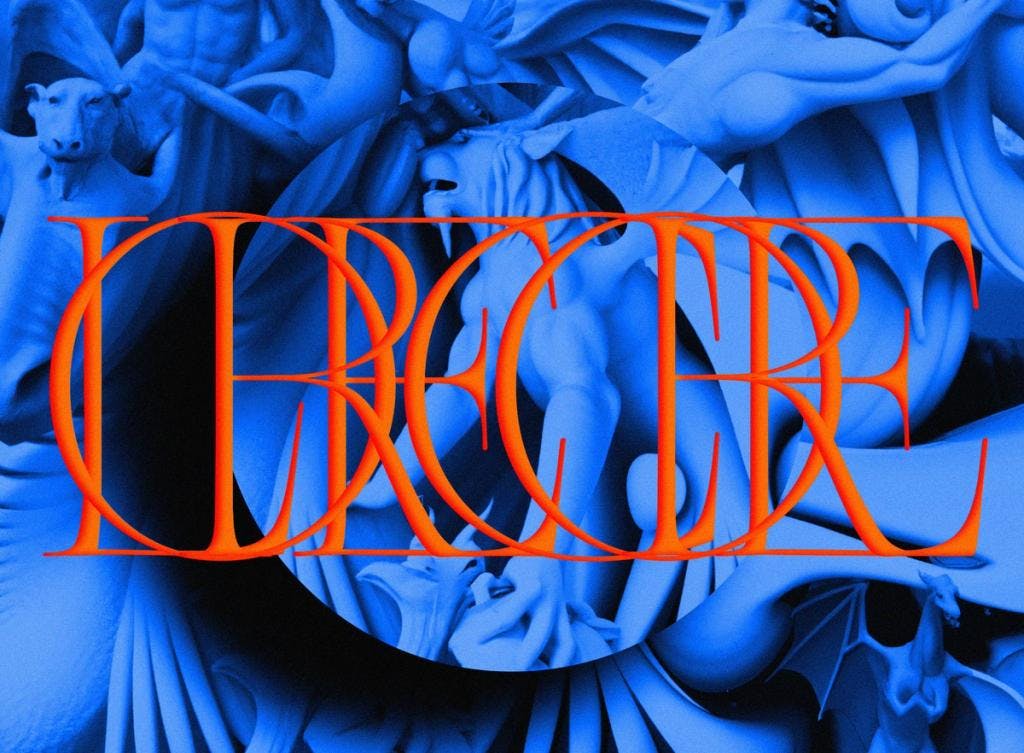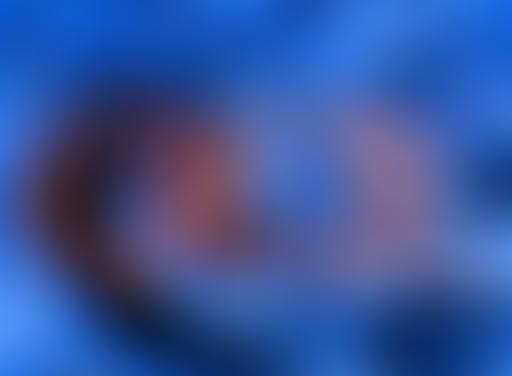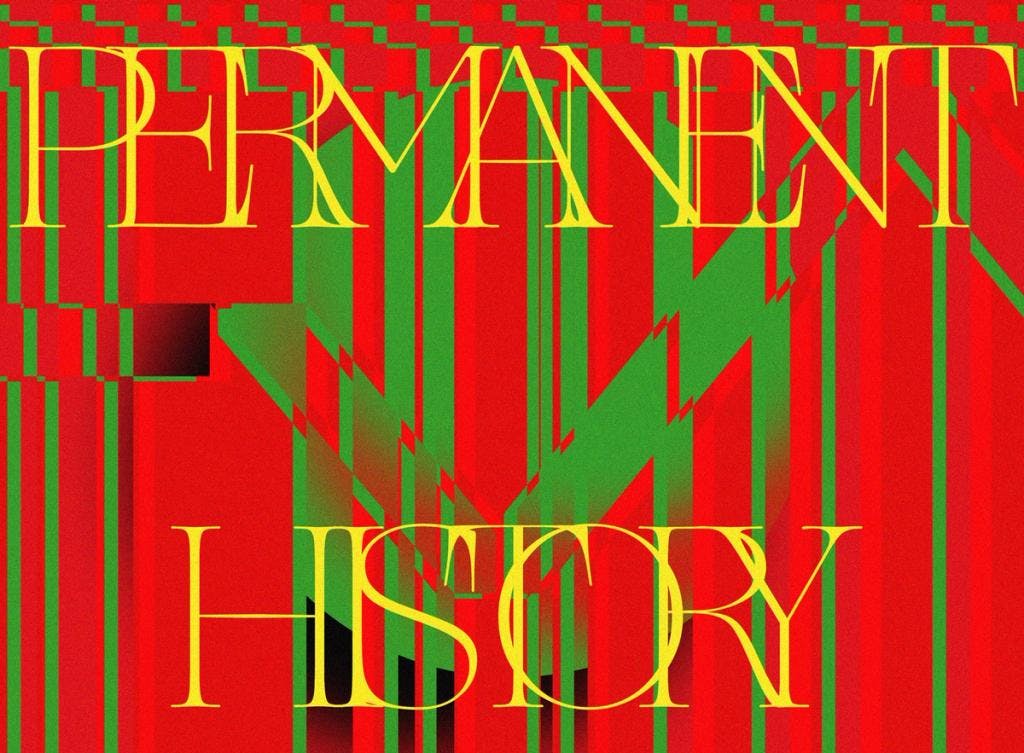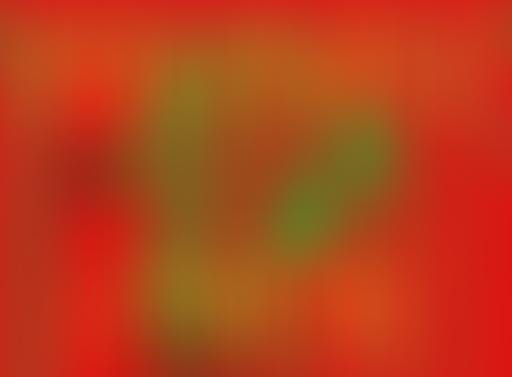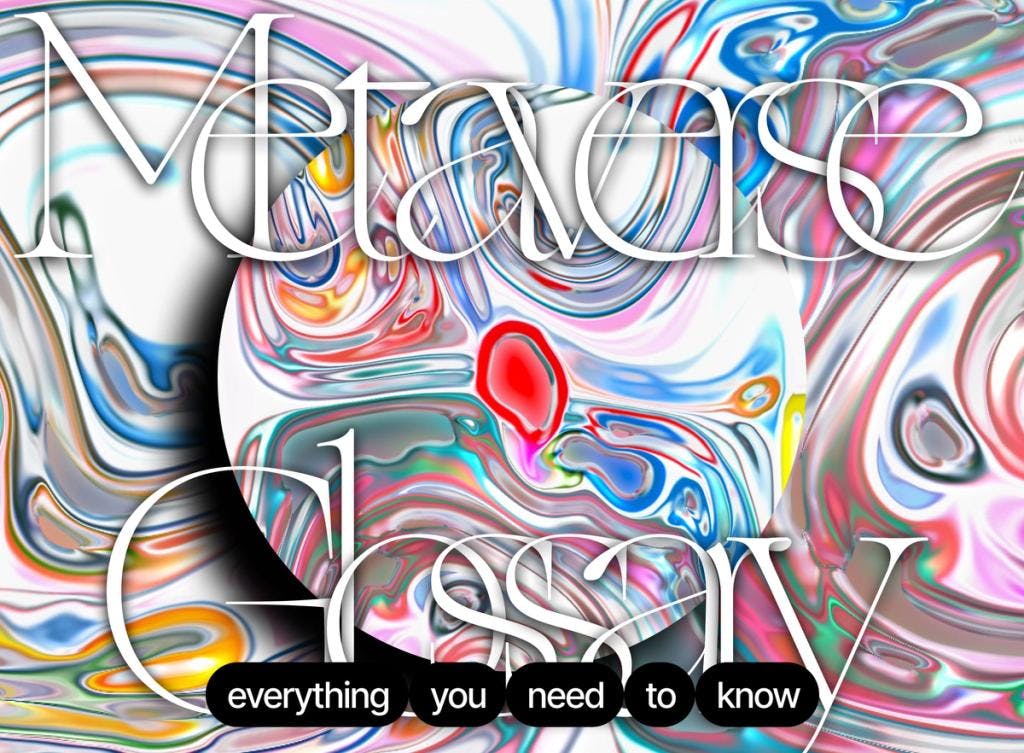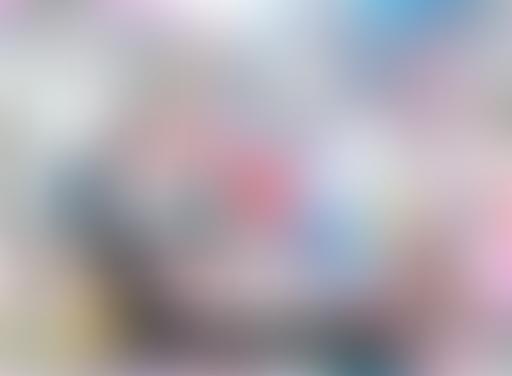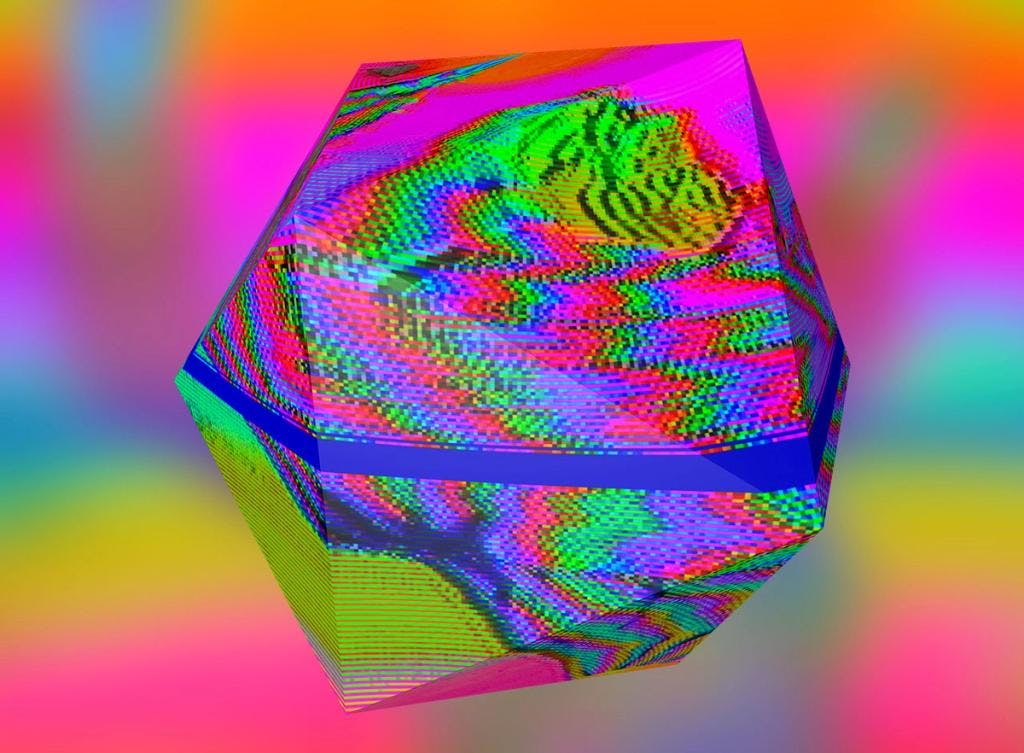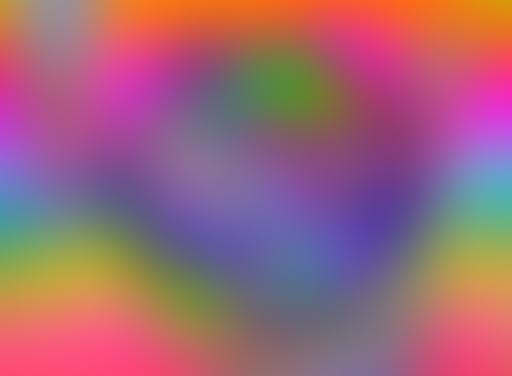


ThePlayfulAnticsofChickensareAnythingbutBird-brained
The Playful Antics of Chickens are Anything but Bird-brained
What happens when a country coop moonlights as an experiment in photography?
In his cute cat theory of digital activism, Ethan Zuckerman posited that if Web1 was invented to allow physicists to share research papers, Web2 was created to allow people to share pictures of cute cats. If Chickens, an NFT project created by Noah Kalina and Jacob Bijani is anything to go by, it might yet transpire that Web3’s true purpose is to allow chickens to mint onchain selfies.
Formulated in 2008 at the height of Web2 optimism, Zuckerman’s theory was invested in the utopian potential of a new digital public sphere. If people were using the internet to create and share cute cat videos, there was a good chance they would also use it to engage in online activism. But it’s also a timeless reminder that, whatever the grand designs of their creators, it’s in the playful experimentation of the everyday that advanced technological systems gain traction, and through which their most weird and wonderful use cases are uncovered.
Chickens is a case in point. At the apparent request of project mascot Marcel the Rooster, Kalina and Bijani set up a motion-sensor-triggered camera connected to a Raspberry Pi computer to monitor Kalina’s small flock of chickens as they roam around his property in upstate New York. Every time a chicken (or the occasional deer or squirrel) triggers the camera, a photograph is taken, uploaded, and shared online. The best of these nature-doc-ready images are then minted as NFTs. Bar some strategic curation to remove repeated images and false positives on the motion sensor, every NFT is the direct result of decisions taken by the chickens or their neighborly wildlife. As the project’s tongue-in-cheek FAQ section assures audiences: yes, these are chicken selfies.
As the project’s first season draws to a close (the chickens are more coop-inclined in winter), Zora’s Corrine Ciani spoke to Kalina and Bijani about the intricate tech behind the project, the artistic pleasure of leaving things to chance, and what it’s like working to the whims of a rooster.
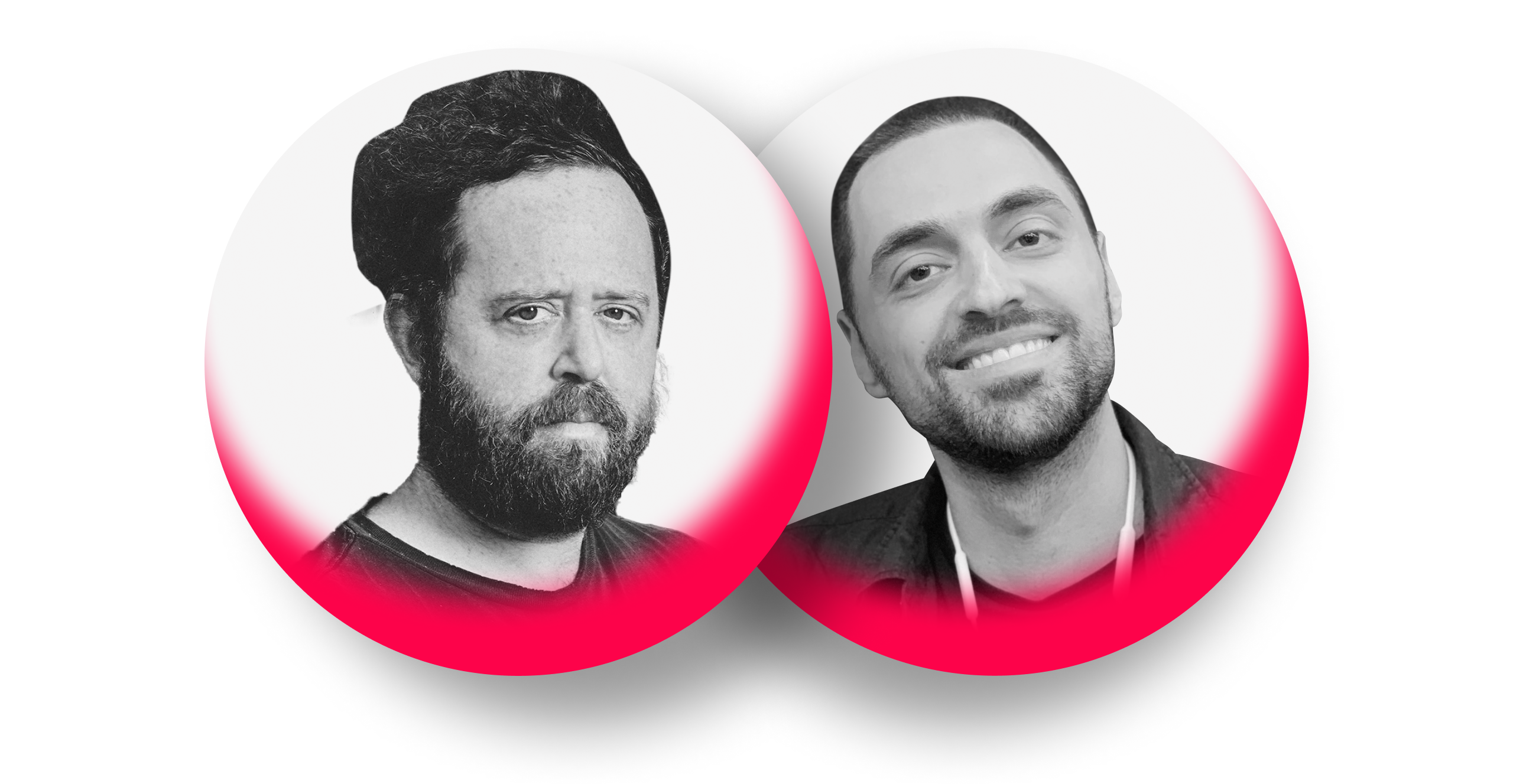
Corrine Ciani: Let’s talk Chickens. How did this project come to be and what are both of your roles in it?
Noah Kalina: Sometime last year I saw a project that Jacob had worked on with Ben Gold, another mutual friend of ours, called bensdoor.com. Someone would go to Ben’s door, ring the doorbell, and it would take a picture of who was at the door, which was then uploaded to the internet.
Jacob Bijani: We did a print-on-demand thing. So you could order a coaster, a puzzle, a tote bag or a t-shirt with Ben’s face as he entered his apartment.
NK: I thought that was just hilarious, old school internet fun. At the time, I was publishing a weekly newsletter and always looking for new ideas and things to do and write about. So I reached out to Jacob and was like, “Can we do a version of this, but for chickens?” It wasn’t really clear what we were going to do yet, but it was basically just to apply that concept to the chickens.
It turned into a months-long process of trying to figure out the best way to implement this technology. There were a whole lot of technical aspects that Jacob needed to figure out. In those early discussions, NFTs were never even part of the equation. It was just intended to be a fun project for the internet. Jacob was like, “Oh, there’s the @chickens handle on Twitter, which is an abandoned account. I wonder if we could get that?” I randomly tweeted about it, and sure enough, someone who worked at Twitter was like, “Yeah, I can do it.”
We got the handle and were holding onto that for a couple of months before we had anything to put on it. When we were finally ready to go, Jacob had gotten into making NFTs with another project he worked on. The pieces came together over time.
JB: When we were talking about it initially, we were like, “Well, let’s get the Twitter account, and we’ll put them on the site. And then maybe NFTs.” But we didn’t really know much about what it meant beyond just saying that. During the process of getting the camera built and waiting through winter for the next spring, I figured out how we could do that.
NK: I forgot that. We were just waiting because it was so cold last winter. It’s just terrible here until it’s not winter anymore. So that also delayed the launch of the project. But it probably worked in our favor because it allowed us to learn about new things and implement new ways to display this project.
CC: From my experience, attraction towards collecting NFTs mainly comes down to belonging to something and being a part of the story of it all. Do you see a difference between collecting a chicken selfie versus a PFP?
NK: I think we all collect things for different reasons. This project specifically is interesting because of how unique it is, how cool the technology is, and that it isn’t even a human technically taking the photo. The back story is interesting. And of course the randomness and hard it is to get one. Each one, even if they are slightly similar, is different. We see a lot of that with PFP projects, but this adds an extra layer to that.
CC: This leads right into my next question, which is on automation and entrusting a chicken with an NFT project. I’m not saying that the technology you’re using is not serious—it is and it’s cool. But you are putting this in the hands of the chickens.
NK: I think people for some reason just really like chickens. They like animals in general, animals are A-plus internet bait. In the NFT space specifically, there’s so much sameness and so many people just copying the same concepts and derivatives. Anything new that has a twist and uses the technology in a new way is almost worth “investing in” for those reasons alone.
JB: The random chance of those animals with the quality that the camera manages to capture is a surprising combination.
CC: I’d imagine that people who overthink exactly what an NFT can be or how deep a project needs to be would argue, “How come people are interested in this?” But if you actually look at online culture, especially the early days of social media, humans have always identified with animal mascots.
NK: There’s a centuries-long history of people representing chickens in art. There was a time when they were revered. So there is just something about that that just works.
JB: The other meme that we try to push is that we personify Marcel. The Twitter account’s from Marcel’s word. There’s a little bit of role playing.
NK: That’s true. We speak for Marcel by the way.
CC: I can’t say where NFT artwork is going, but I do see it becoming less serious. I think of worm.eth posting screenshots, and the ability to mint editions with ease. Wallets can become onchain diaries of sorts. Do you see NFTs and the communities surrounding them being the next avenue for image sharing and curating?
NK: Digital artists are always going to look for new tools and technologies to share and display their work. Over the past six months or whatever, it’s become a lot more affordable and more fun to do things like worm’s screenshot project. In November of last year, you would never want to publicly mint a 200 dollar screenshot.
JB: Softening the expectations of it all is probably for the better. If you have a cool or interesting image, people are just looking for a new way to share it. It’s not even necessarily about doing anything with it once you collect it, trying to flip it or sell it or anything. It’s the equivalent of retweeting or reblogging a post.
CC: With costs being down, more people building, and Web3 still being in its very early stages, what do you imagine marketplaces will look like in the future?
NK: I think this goes into whether the financialization of literally everything is a good thing. I do think artists should be able to make money from their work in whatever way they possibly can, but does that mean every photo should be minted and available for sale? I’m of two minds there. If everything’s minted, is there anything special about it? Does it matter if a prolific artist has 10,000 images? Does that make their value less? Is this something that an artist should even have to consider? I don’t know.
I think in many ways, that’s why this project is also super fun, at least for me. It’s not my photography. It’s Marcel’s photography. It would be totally different if these were technically my photographs, which they are not. I would not necessarily want to mint this many of this particular project, but Marcel is a rooster and he doesn’t care. He wants everyone to have a chicken photo. That’s also why it’s sort of affordable.
CC: Are the chicken photographs curated?
JB: There’s an ultrasonic motion sensor. It emits a beam and whenever it gets interrupted, that goes into a Raspberry Pi computer, which is connected to the camera. When that beam is broken, it triggers the camera to take a photo. It takes a photo, downloads it, and uploads it to our website, sort of like a queue. There’s a lot of images, and a lot of false positives where it’s just the wind or a leaf. Those shots go into a queue and Noah goes through and curates those. We’re choosing what goes live on the site and what gets minted.
NK: We would’ve loved for it to be fully automatic, where no matter what it just went live, but there’s just way too many photos. We would just be uploading a lot of nothing. For a viewer, that would just be a terrible experience. We did need to do some human intervention, but of course, under the supervision of Marcel, who is really the primary artist here. I mean, he’s outside right now.
CC: Supervising.
NK: We spoke about this and he’s okay with this interview being done.
CC: Your site, chickens.photos, mentions that the chickens live in the country, don’t like capitalism, and don’t really get the whole crypto thing. Is Chickens an act of resistance to the attention economy?
NK: Maybe. Marcel really should lean more into that. I would’ve loved him to be a real contrarian, but I don’t know. He’s a chicken, so he gets distracted and doesn’t tweet enough.
CC: Does Marcel get any cut of the money obtained from minting the chicken selfies?
NK: The mortgage on his coop is now fully paid for. He just had a couple new chickens come in, so their school will be paid for as well.
CC: You say on your website that you hope the chickens are able to mint at least one photo a day until September. So what’s next?
NK: We’re still thinking about it. There are these new silkie chickens that have come into the flock. You’ll see them every now and then. There’s a lot of upgrades we can do to make the whole system work better, so we might work on that. It’ll probably be winter. So the scenery will be different. It’s too early to tell.
We do hope to put out a new edition. We did The Egg edition. This week we’re going to release The Chick photo edition. It’s a way for people who haven’t been able to catch a live chicken-feed photo to get something from the project.
CC: You actually have to follow the way of the seasons rather than the insane Web3 pace given that you’re working alongside nature. Lastly, does Marcel have any thoughts he would like to leave the reader with?
NK: He told me to tell everyone thank you for the support. He really appreciates everyone looking at the photos he makes and appreciating the project that he helped create.
CC: Is there any way we can get some exclusive chicken photos to include with this feature?
NK: I’ll look into that. Marcel has a very expensive day rate though.
CC: That was my main concern.
NK: We will have to put his agent in touch with you guys.
CC: Have his people call my people.
